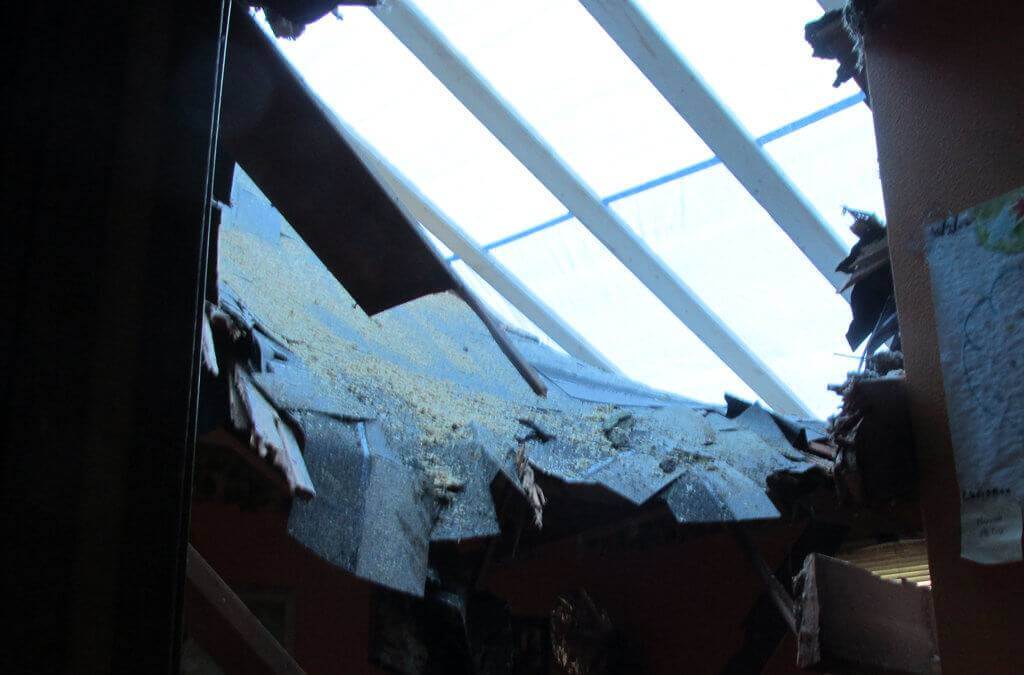
Last week, ServiceMaster by Rice began this Pre-Loss Planning series with the basic foundation of what positions and responsibilities were needed to create a successful plan. This week we will go through the important documentation, policy reviews and other more detailed aspects of a pre-loss plan.
Review the Insurance Policy for your Business
The time to recognize problems is prior to an insurance claim. To avoid the surprises commonly encountered in the aftermath of a catastrophic event, review your policy carefully. Pay particular attention to clauses, exclusions, values and limits, business interruption, depreciation and other similar issues. It is strongly recommended that this step be performed in conjunction with your agent or broker.
Regulating Authorities
In the aftermath of a catastrophic event, whether it is an isolated fire, a regional flood or hurricane damage, there is a strong likelihood that one or more government authorities will be involved in the emergency response. Your plan needs to incorporate how those government authorities may impact the recovery of your business.
Should a fire occur, you need to be on the same page as the local fire department. They will want to know that you have an evacuation plan and that all staff members are familiar with the escape routes and the rally point. Your facility should display the proper placards to notify emergency responders of the potential risks and hazards awaiting inside. Proactive discussions with representative of the fire department can help you as you assemble your plan as well as provide an avenue of communication to those authorities that will improve cooperation while helping them understand your priorities.
In the event of an area-wide disaster, it’s very likely that law enforcement will be utilized to bring order and security to the affected region. Municipalities, counties, states and regions each may have a part in the recovery process. Since this varies so drastically from region to region, it is incumbent upon the committee chairperson or their delegate to investigate the policy in their respective district. Gaining access to your facility can be delayed drastically without the proper identification or credentials. By taking these steps in advance, your professional and personal relationship with these agencies may expedite your recovery process.
If you are dealing with a city or municipality it would be useful to know whether it is the Mayor’s office, the police department, the fire marshal or other emergency agency that is the primary contact. If damage is widespread enough to default to county agencies, will it be the sheriff’s department or other civil defense organizations? As the area expands to the state level, the Department of Public Service, the governor and even the National Guard may play a part.
In severely affected regions it is probable that federal government agencies will be in control, such as the Federal Emergency Management Agency. When losses involve suspected foul play such as arson or explosives, the Federal Bureau of Investigation and its special arm, the Bureau of Alcohol, Tobacco and Firearms, will be the controlling authority.
The lesson to be gleaned from these issues is that when an emergency situation arises or is declared many of the variables involved may be beyond your control. By taking the time to determine who the likely participants will be in that time of crisis can drastically accelerate your access and thus your recovery process.
Capital Asset Inventory
In a perfect world, you already have access to a list describing in detail each piece of equipment and machinery. In the real world it is more plausible that such an inventory will need to be constructed. When assembling the inventory, the item should be identified by type, manufacturer, age, original cost including freight, installation, peripherals and modifications. It is not necessary to utilize a third-party vendor to complete a formal list and appraisal; it can be accomplished using internal resources. Often omitted from these inventories are those items which were purchased as general expenses rather than capitalized or whose book value has been amortized and is no longer on the ledger. These items still have value to organizations and to the claims and therefore must be included in the inventory process. The inventory should be updated periodically (at least annually) and recorded. All inventory records should be duplicated, and the second set should be kept in a fire-resistant storage facility off campus.
Vital Records
Again, in a perfect world, all vital records and documents would be duplicated and stored safely off-site while computer files would be backed-up every day. In the real world, documents are kept on-site and are exposed to potential peril, while computer files may go weeks before being stored properly. Problems can and will result if the information on these records must be recreated without an appraisal, inventory or ledger. As a general rule, records managers are some of the most informed and proactive individuals in terms of preparing a contingency plan. As a group they tend to see the value in taking the necessary steps as well as the potential cause and effect of disaster scenarios. While the process is taking shape, it’s important to define what really is considered vital to your organization’s recovery process. Determining factors include federal mandate, business needs and customer demands. In many cases the duplicate may be satisfactory, but some issues require the original document because it’s not only the information on the record, but the condition of the information itself.
In next week’s pre-loss planning blog, ServiceMaster by Rice will complete our guide with final analyses and strategies.

